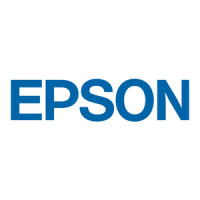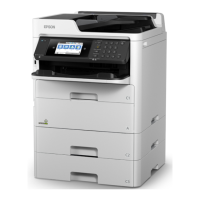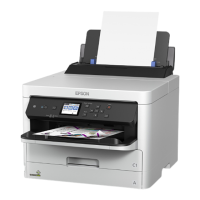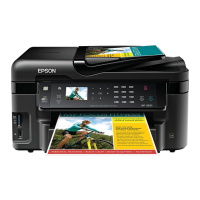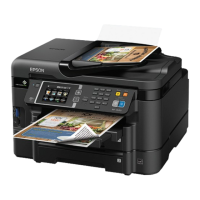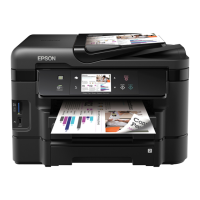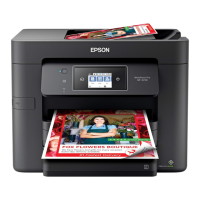Name Feature type What to set What to prevent
IPsec/IP ltering You can set to allow severing
and cutting o of data that is
from a certain client or is a
particular type. Since IPsec
protects the data by IP packet
unit (encryption and
authentication), you can
safely communicate
unsecured protocol.
Create a basic policy and
individual policy to set the
client or type of data that can
access the printer.
Protect unauthorized access,
and tampering and
interception of
communication data to the
printer.
IEEE802.1X Only allows authenticated
users to connect to the
network. Allows only a
permitted user to use the
printer.
Authentication setting to the
RADIUS server
(authentication sever).
Protect unauthorized access
and use to the printer.
S/MIME Encrypts emails sent from the
printer or attaches digital
signatures to the emails. This
feature is available for Scan to
Email, Box to Email, and Fax
to Email.
Import a CA-signed
certicate, update a self-
signed certicate, and
congure
a digital
certicate
for the mail destination. Also,
make the S/MIME basic
settings.
Encryption prevents
information from leaking
when third parties attempt to
view the content of the email.
Also, detect sender
impersonation and email
tampering by attaching a
digital signature to the email.
Related Information
& “Making Settings for Password Encryption” on page 526
& “Controlling Using Protocols” on page 528
& “SSL/TLS Communication with the Printer” on page 540
& “Encrypted Communication Using IPsec/IP Filtering” on page 541
& “Connecting the Printer to an IEEE802.1X Network” on page 553
& “S/MIME Settings” on page 556
Security Feature Settings
When setting IPsec/IP ltering or IEEE802.1X, it is recommended that you access Web Cong using SSL/TLS to
communicate settings information in order to reduce security risks such as tampering or interception.
Make sure you congure the administrator password before setting IPsec/IP ltering or IEEE802.1X.
Also, you can use Web Cong by connecting the printer directly to the computer using an Ethernet cable, and then
entering the IP address into a web browser. e printer can be connected in a secure environment aer the security
settings have been completed.
Making Settings for Password Encryption
Password encryption allows you to encrypt
condential
information (all passwords,
certicate
private keys, hard
disk authentication keys) stored in the printer. e encryption key for decrypting encrypted condential
information is stored in the TPM (Trusted Platform Module) chip. Since the TPM chip is not accessible from
outside the printer, you can protect encrypted condential information without sharing the encryption key.
Administrator Information
>
Advanced Security Settings
>
Making Settings for Password Encryption
526
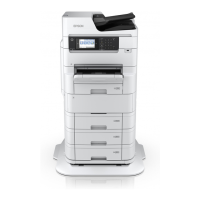
